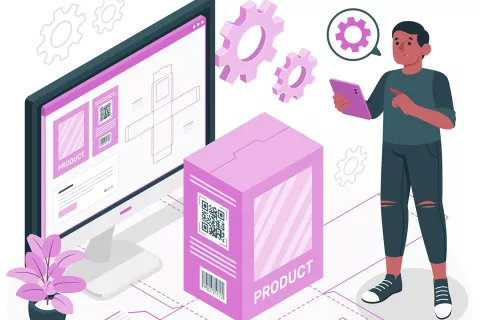
Medication errors are prevalent, perilous, and intricate. The stats associated with medication errors are alarming the need for control over this issue. FDA receiving more than 95,000 reports of medication errors since 2000, the United States witnessing 7000 deaths every year, the monetary loss estimated $2,000 to $8,750 and a lot more numbers like these definitely demand a better system to avoid medication errors.
As one of the preventive methods to avoid medication errors, the US FDA released a final guidance describing the best practices in order to reduce any sort of medication errors by implementing an enhanced drug’s container-closure arrangement. The final guidance released by the FDA covers a wide range of drugs, products, generics, biologics, and over-the-counter drugs. After the initial draft published in 2012, this guidance was revised considering the public comments demanding clear explanations and formatting updates for enhanced readability. The FDA has proposed a separate guidance related to the labeling updates for the drugs.
What does the Guidance Say?
As per this guidance, FDA recommends the sponsors to include different aspects of product’s user interface comprising of size, shape, and storage instructions of the product along with its active ingredients. An important point that drives the safety and efficacy of any medical product or drug is how the user perceives the information to use it. The instructions to use the medication is majorly driven by the information displayed on the label, nomenclature, and package of the drug. Therefore, manufacturers should put up the labels at different locations considering different scenarios and scope of the drug usage such as pharmacies, hospitals direct patients, outpatient facilities. FDA says, particularly as “certain product modifications based on manufacturing constraints or clinical issues may inadvertently create the opportunity for medication error.”
Another key activity that the FDA recommended to sponsors is to follow a proactive risk assessment approach throughout the product lifecycle right from the initial phase to the last one. The purpose behind this approach is to include the necessary information on the safe and effective use of the drugs by the end users. This guidance entails two major types of risk assessment approaches:
Simulated use testing: This approach allows the manufacturer to analyze different elements that can influence the possibility of medication errors in a positive or negative way.
Failure Mode and Effects Analysis (FMEA): FMEA helps to identify “the relative impact of different types of system failures that may affect use-related medication error and prioritization of risk.”
In Conclusion
The end user perspective in terms of drug usage in its early stage if development and design are important to consider while creating the label for the drugs. Risk assessment is one of the promising activities that can help avoiding the safety issues and expensive redesigning of the product. Sponsors need to recognize the clinically pertinent factors that can spot the potential zones of risk assessment. Labels need to be written with utmost accuracy in layman’s language. To maintain the accuracy and safety of drugs, companies should consult an end-to-end regulatory labeling services provider.









